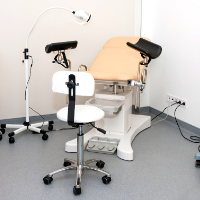FDA Medical Device Classification is different from the EU MDR classification. The classification method and criteria also differ. FDA 510k device classification depends on the intended use and indications of the use of the device.
The US FDA has established classifications for approximately 1700 different generic types of devices and categorized them into 16 medical specialties.
Each of these generic types of devices is assigned to one of the three regulatory classes based on the level of control necessary to assure the safety and effectiveness of the device.
Class I – Low Risk (General Controls)
Devices are subjected to a comprehensive set of regulatory authorities called general controls that are applicable to all classes of devices.
- Reusable surgical Instruments
- Hospital Furniture
- OT equipment
Class II – Moderate Risk (General Controls & Special Controls)
Devices for which general controls, by themselves, are insufficient to provide reasonable assurance of safety and effectiveness of the device, and for which there is sufficient information to establish special controls to provide such assurance.
- Urology Catheters
- Patient Monitors
Class III – High Risk (General Controls & Pre-market approval)
Devices for which general controls, by themselves, are insufficient and for which there is insufficient information to establish special controls to provide reasonable assurance of safety and effectiveness of the device. Class III devices typically require pre-market approval(PMA).
- PTCA Catheters
- Stents
- Heart Valves









